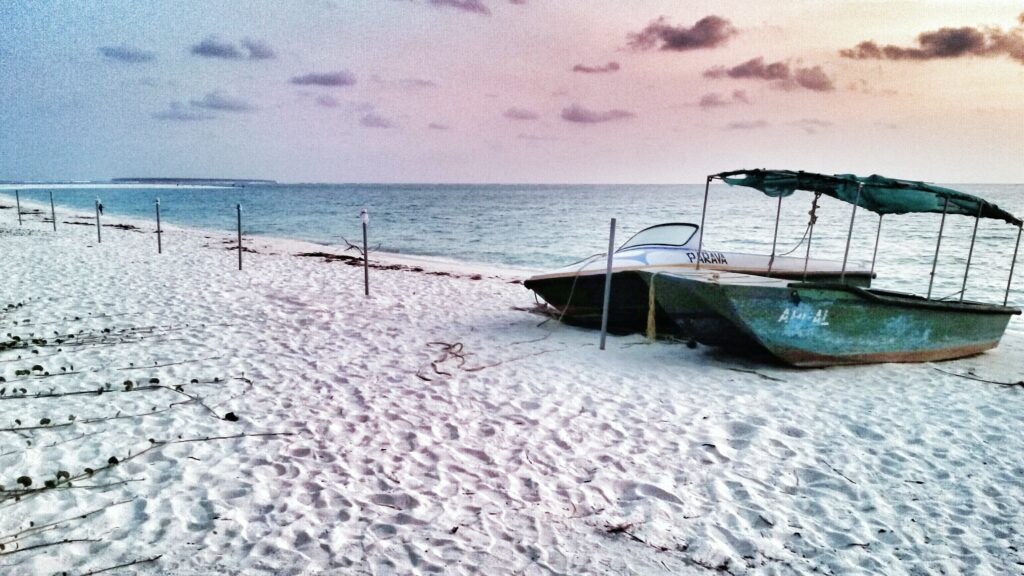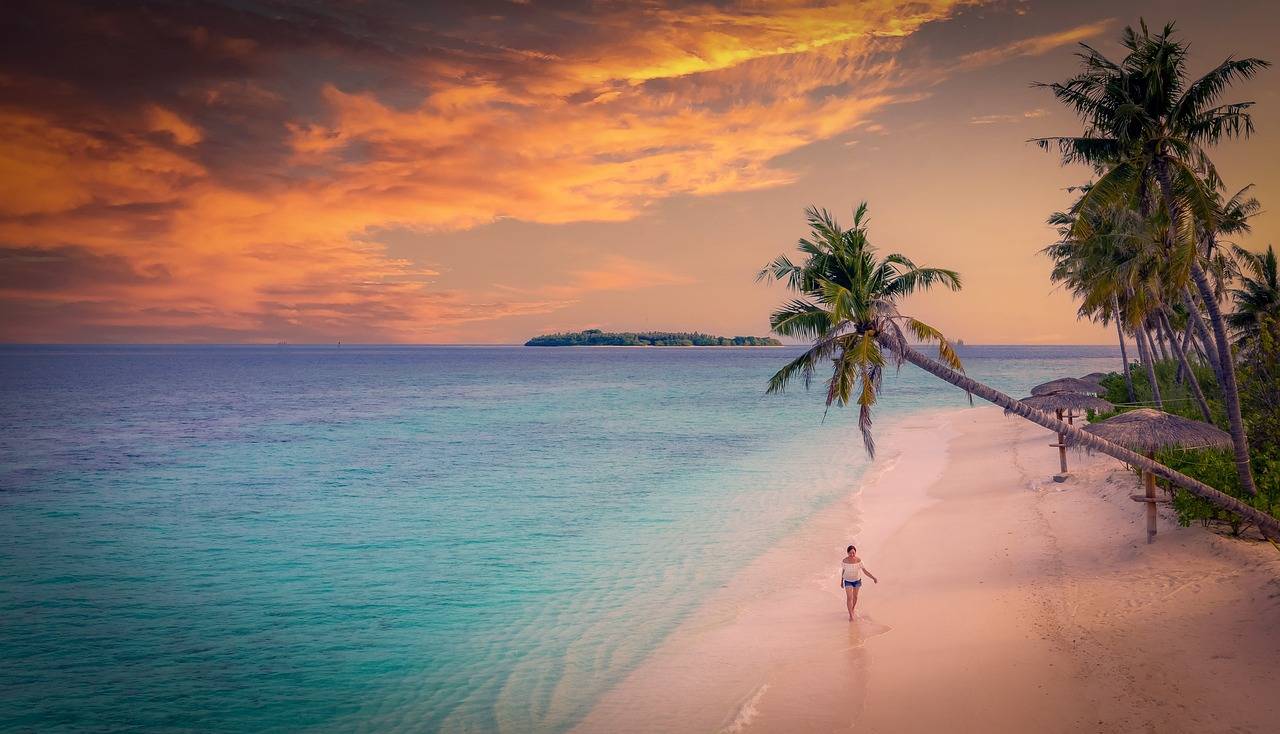Are You Planning a Trip To Lakshadweep? Then you must know the best time to visit Lakshadweep.
The Lakshadweep Islands are among the most calm and picturesque locations in India, despite being one of the least explored. In total, there are 12 atolls, 3 coral reefs, and 36 islands. But just 10 of these islands are populated, though.
Lakshadweep Islands, India’s secret gem, is a paradise waiting to be discovered. With its natural beautiful shores, crystal-clear oceans, and overflowing marine life, this collection of islands is a wonderful destination for every traveler. It’s essential to know the best time to visit Lakshadweep If you want to schedule your vacation to the Lakshadweep Islands.
So, Let’s find out the Best Time to Visit Lakshadweep!
Best time to Visit Lakshadweep (October – Mid-May)
October through February is Lakshadweep’s busiest month, with ideal temperatures and breathtaking scenery. The 30- to 35-degree Celsius temperature range throughout these months makes it the perfect time of year to explore the islands. The gentle sea breeze and green surroundings make for a wonderful setting for your trip.
Lakshadweep Islands has a pleasant season from March to May, which is great for sporting activities like scuba diving, swimming, and snorkelling. With temperatures ranging from 29-35 degrees Celsius, the weather is pleasant but warm. This time of year is very reasonably priced, offering a range of lodging choices for an unforgettable visit. Hence, The best time to visit Lakshadweep Islands is from October to mid-May.
Offseason Adventures in Lakshadweep Islands (July)

Lakshadweep is hospitable all year, however, it can be difficult during the rainy season. Yes, there are still some locations that can be reached by direct flights, and the entire chain of islands remains unaffected. It is impossible to travel by sea during the monsoon since the waves are so rough.
Even though July is considered the monsoon season, you should still consider going. Agatti Island is still reachable in this period, which can be a thrilling chance for adventure seekers. The weather is often pleasant and cool, making it ideal for water sports.
Weather of Lakshadweep Islands
Are you considering a trip to the Lakshadweep Islands? It’s essential to understand the monthly conditions to guarantee a pleasant and comfortable experience. Hidden up in the Arabian Sea, this archipelago has a tropical climate with year-round fluctuations.
The weather discussed below will assist you in determining the best month to visit Lakshadweep Islands.
January To May (Summer Season)
There is warm and comfortable weather for outdoor activities during these months, with temperatures ranging from 29°C to 31°C.
There isn’t much rain, usually between one to six days, so travelers can expect dry and comfortable conditions.
June To September (Monsoon)
In Lakshadweep, the monsoon season delivers more rainfall; the wettest months are June to August.
Anticipate 26–30°C temperatures, which will make it feel refreshing and colder even with the rain.
October To December (Winter Season)
The weather gets better for travelers as the monsoon fades.
With steadily decreasing rainfall and temperatures between 26°C and 30°C, it’s the best time to visit Lakshadweep Islands.
Also Read: Top 5 Most Beautiful Places To Visit In India
FAQs
Q1) How do you go to Agatti Island?
Ans) From Kochi, Agatti Island is reachable via air. Agatti’s airport makes it easy to travel to the island. Helicopter services are also offered, providing a different kind of island-hopping transit from Agatti to Bangaram.
Q2) What kind of weather is perfect for Lakshadweep?
Ans) October through mid-May is the best time to visit Lakshadweep. With temperatures between 29 to 35 degrees Celsius, these months offer moderate weather that is perfect for outdoor exploration and activities.
Q3) When to avoid visiting Lakshadweep?
Ans) It is best to avoid traveling to Lakshadweep between June and September when monsoon season arrives. During this time, there may be an increase in rainfall, which could impact transportation and make certain islands inaccessible.

Rohit Kumar is a seasoned digital marketer with over 3 years of experience specializing in SEO and content strategy. He is the founder of Noida Wale, a growing travel blog inspired by his love for discovering local culture, food, and offbeat destinations across India, sharing insights to help fellow travelers explore authentically.

